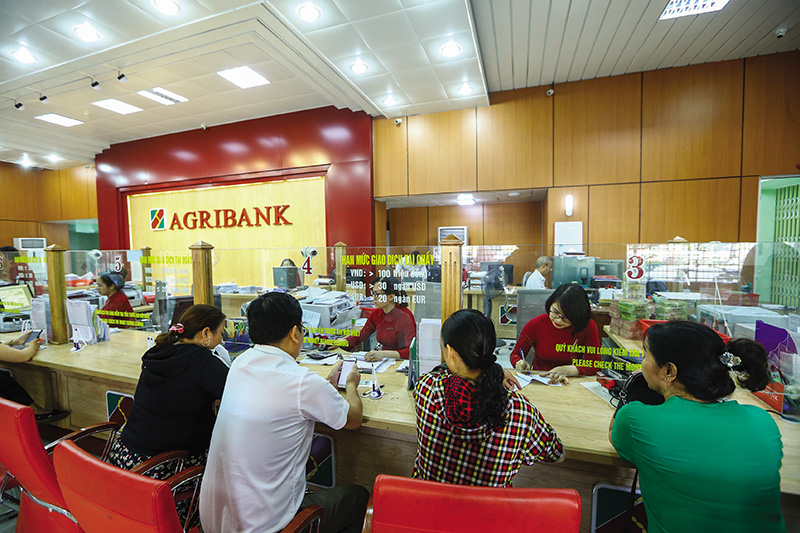 |
| Agribank proactively deploys many synchronous tools to manage credit limits and credit quality. Photo: Duc Thanh |
With thin capital, banks must be cautious if credit room is removed.
In a telegram issued last week, the Prime Minister requested the State Bank of Vietnam (SBV) to urgently develop a roadmap and pilot the removal of the measure of assigning credit growth targets (credit room) to be implemented from 2026. It is necessary to remove the credit management mechanism using "room" to meet the growth needs of the economy in the coming time.
However, Dr. Nguyen Quoc Hung, Vice President and General Secretary of the Vietnam Banking Association, said that for a long time, credit limits have been considered a "safe fulcrum" by banks. Therefore, when the credit room is removed, many banks may find it difficult to come up with an appropriate credit growth rate.
Currently, commercial banks are eager to remove credit room to be more proactive in building annual credit growth plans, but they also admit that building their own credit room forces banks to increase their responsibility to shareholders and management agencies in determining their own "safety points". Accordingly, determining credit room depends not only on capital potential, but also on each bank's risk management capacity.
Mr. Nguyen Quang Ngoc, Deputy Head of Credit Policy Department (Agribank), said that once the credit room is removed, if not careful, it will fall into a cycle of overheated expansion. Therefore, Agribank proactively deploys many tools to manage credit limits and credit quality. In addition to complying with regulations on Capital Adequacy Ratio (CAR) issued by the State Bank, Agribank also builds growth scenarios, allocates credit by industry and priority areas; builds an internal inspection and control system, an internal customer credit rating system, etc.
By the end of 2024, the CAR of domestic joint stock commercial banks will be more than 12% (of which the group of state-owned commercial banks will be over 10%), only half of the coefficient of the group of foreign banks in Vietnam and much lower than that of countries in the region (20 - 30%)...
In other words, the Vietnamese banking system has not yet escaped the "disease" of thin capital that has been chronic for many years. This makes the system vulnerable to market fluctuations. In that context, to increase resilience and better take advantage of opportunities when removing credit room, banks themselves, in addition to improving their management capacity, must strengthen their financial buffers, enough to cope with financial shocks from inside and outside.
Stepping stone to remove credit room
According to Dr. Nguyen Quoc Hung, in recent years, credit risk management tools have developed strongly, from building internal credit rating systems to applying advanced management standards according to Basel II and Basel III.
Specifically, to ensure system safety and meet international standards and practices, the SBV has issued many regulations related to the internal credit rating system, most recently Circular No. 14/2025/TT-NHNN, dated June 30, 2025, regulating capital adequacy ratios for commercial banks and foreign bank branches (Circular 14). This Circular has provided regulations on capital buffers, including capital preservation buffers, countercyclical capital buffers and capital buffers for systemically important commercial banks. This is an important premise for the roadmap to eliminate the credit limit allocation mechanism.
To implement Circular 14, banks are urgently building an internal credit rating system for capital calculation purposes, aiming to apply the internal rating method according to Basel III risk management standards in calculating capital for credit risks.
The Vietnam Banking Association assessed that some credit institutions have basically met the regulations of Circular 14, but many credit institutions still need more time to upgrade or build new ones to meet the requirements for calculating capital according to the internal rating method.
Mr. Le Thanh Tung, Member of the Board of Directors of VietinBank, said that the regulations and policies on risk management are being studied, revised and upgraded by the State Bank according to Basel III standards. This is a huge step forward, forcing banks to increase mobilized capital and equity capital corresponding to the outstanding credit balance that can be supplied to the economy, in order to ensure the safety and stability of the banking system, supporting the elimination of credit room.
In addition, according to State Bank Governor Nguyen Thi Hong, it is necessary to strongly develop the capital market to meet medium and long-term capital needs, thereby reducing pressure on short-term capital sources of the banking system, ensuring sustainable growth.
In fact, recent years have shown that even in developed countries like the US, there are banks with a scale of hundreds of billions of USD, applying Basel III standards, operating profitably for many consecutive years, but still falling into bankruptcy. Therefore, Basel III is not a universal tool to prevent risks for banks.
Source: https://baodautu.vn/bo-room-tin-dung-nha-bang-phai-tu-xac-dinh-diem-an-toan-d357343.html



![[Photo] General Secretary To Lam receives President of the Senate of the Czech Republic Milos Vystrcil](/_next/image?url=https%3A%2F%2Fvphoto.vietnam.vn%2Fthumb%2F1200x675%2Fvietnam%2Fresource%2FIMAGE%2F2025%2F11%2F21%2F1763723946294_ndo_br_1-8401-jpg.webp&w=3840&q=75)
![[Photo] National Assembly Chairman Tran Thanh Man holds talks with President of the Senate of the Czech Republic Milos Vystrcil](/_next/image?url=https%3A%2F%2Fvphoto.vietnam.vn%2Fthumb%2F1200x675%2Fvietnam%2Fresource%2FIMAGE%2F2025%2F11%2F21%2F1763715853195_ndo_br_bnd-6440-jpg.webp&w=3840&q=75)

![[Photo] President Luong Cuong receives Speaker of the Korean National Assembly Woo Won Shik](/_next/image?url=https%3A%2F%2Fvphoto.vietnam.vn%2Fthumb%2F1200x675%2Fvietnam%2Fresource%2FIMAGE%2F2025%2F11%2F21%2F1763720046458_ndo_br_1-jpg.webp&w=3840&q=75)
![[Photo] Visit Hung Yen to admire the "wooden masterpiece" pagoda in the heart of the Northern Delta](/_next/image?url=https%3A%2F%2Fvphoto.vietnam.vn%2Fthumb%2F1200x675%2Fvietnam%2Fresource%2FIMAGE%2F2025%2F11%2F21%2F1763716446000_a1-bnd-8471-1769-jpg.webp&w=3840&q=75)




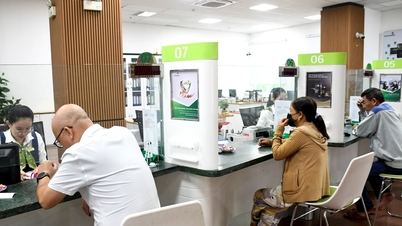





















































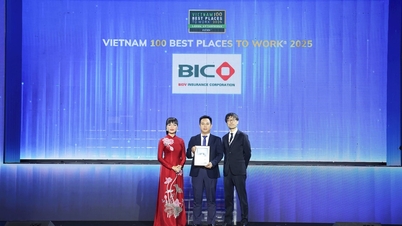



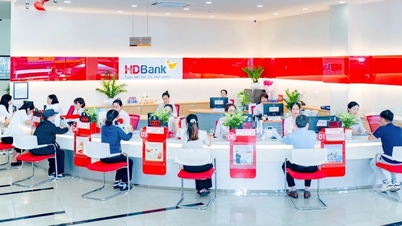

























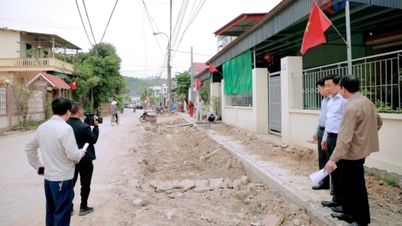





















Comment (0)